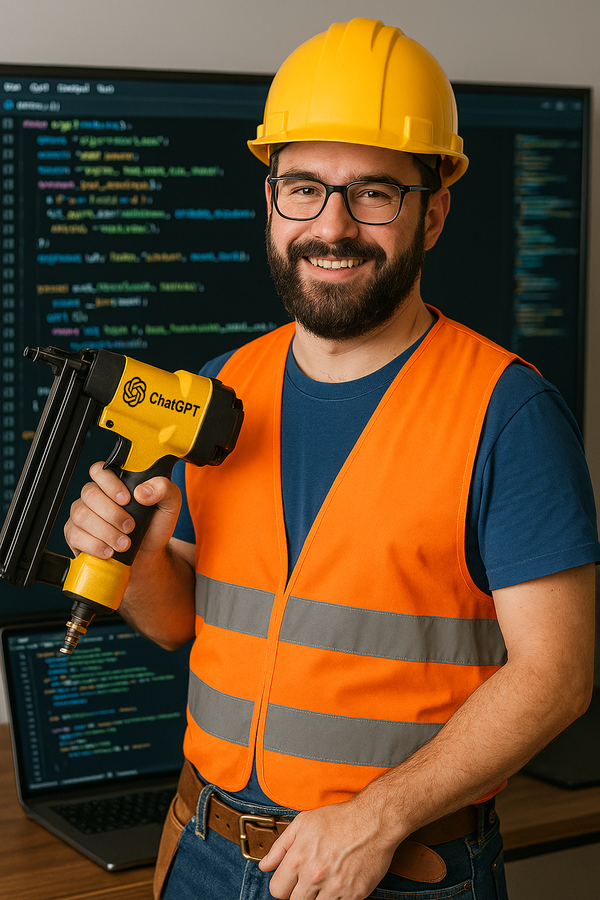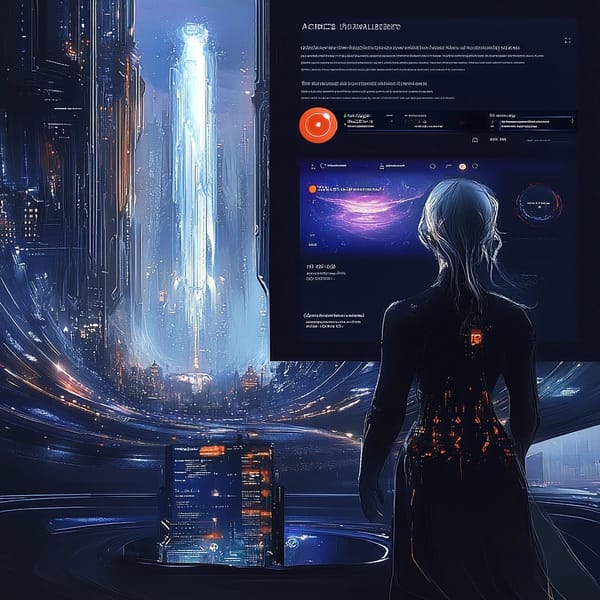Why Figma is Tirith's Design Choice for Future-Ready Development

In today’s digital landscape, a cohesive, intuitive design system can make or break a product's success. At Tirith, our commitment to creating future-proof, modular solutions means choosing tools that can keep up with our rapid development cycles and the high standards we set for usability, scalability, and design quality. Figma has quickly become an irreplaceable part of our tech stack, helping us deliver on these promises.
Unified, Collaborative Design in Real Time
Gone are the days of version conflicts and endless email threads. With Figma, we work in a single, cloud-based environment, enabling designers and developers to collaborate seamlessly. Real-time feedback, live cursor tracking, and built-in commenting mean that stakeholders, regardless of technical expertise, can weigh in on designs without disrupting our workflow. This adaptability makes Figma an essential tool as we work with enterprises and startups alike, ensuring everyone is on the same page from day one.
Scalable Components for Consistent, Modular UI
Figma's component-based design mirrors Tirith’s approach to software architecture. Just like we build modular, composable applications, Figma lets us build scalable design components that can be reused and adapted across projects. Components, variants, and auto-layouts enable us to maintain a consistent brand and design language, crucial for building products that feel cohesive even as they scale.
Streamlined Handoff and Code Conversion
Figma's developer handoff features provide pixel-perfect details and CSS values, helping us bridge the gap between design and code. The tool integrates smoothly with Svelte, TypeScript, and Tailwind CSS, technologies we rely on at Tirith for efficient front-end development. As a result, our developers can translate Figma's visuals into production-ready code faster and with fewer inconsistencies.
Future-Ready with Constant Updates
The Figma team consistently releases updates that align with new trends and needs in UX/UI design, keeping us on the cutting edge of design technology. From new prototyping options to better accessibility tools, Figma’s rapid iteration model means we’re always equipped with the latest tools for creating modern, user-centric products.
Conclusion: Future-Proofing with Figma
In a landscape where design and development are in constant evolution, Figma provides the adaptability, scalability, and real-time collaboration that align perfectly with Tirith’s mission of building future-proof applications.
By investing in Figma, we’re not just choosing a design tool—we’re choosing a platform that grows with us, supporting the seamless integration of design and technology at every stage of the product lifecycle.




